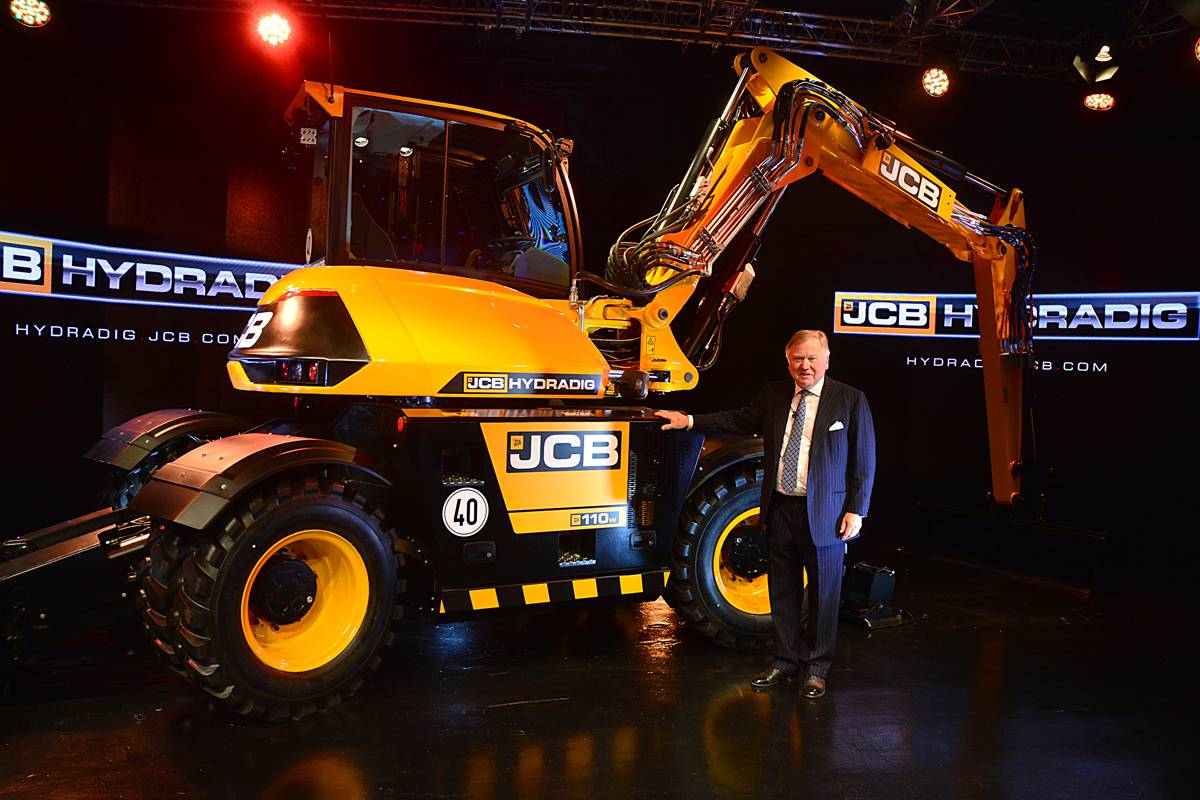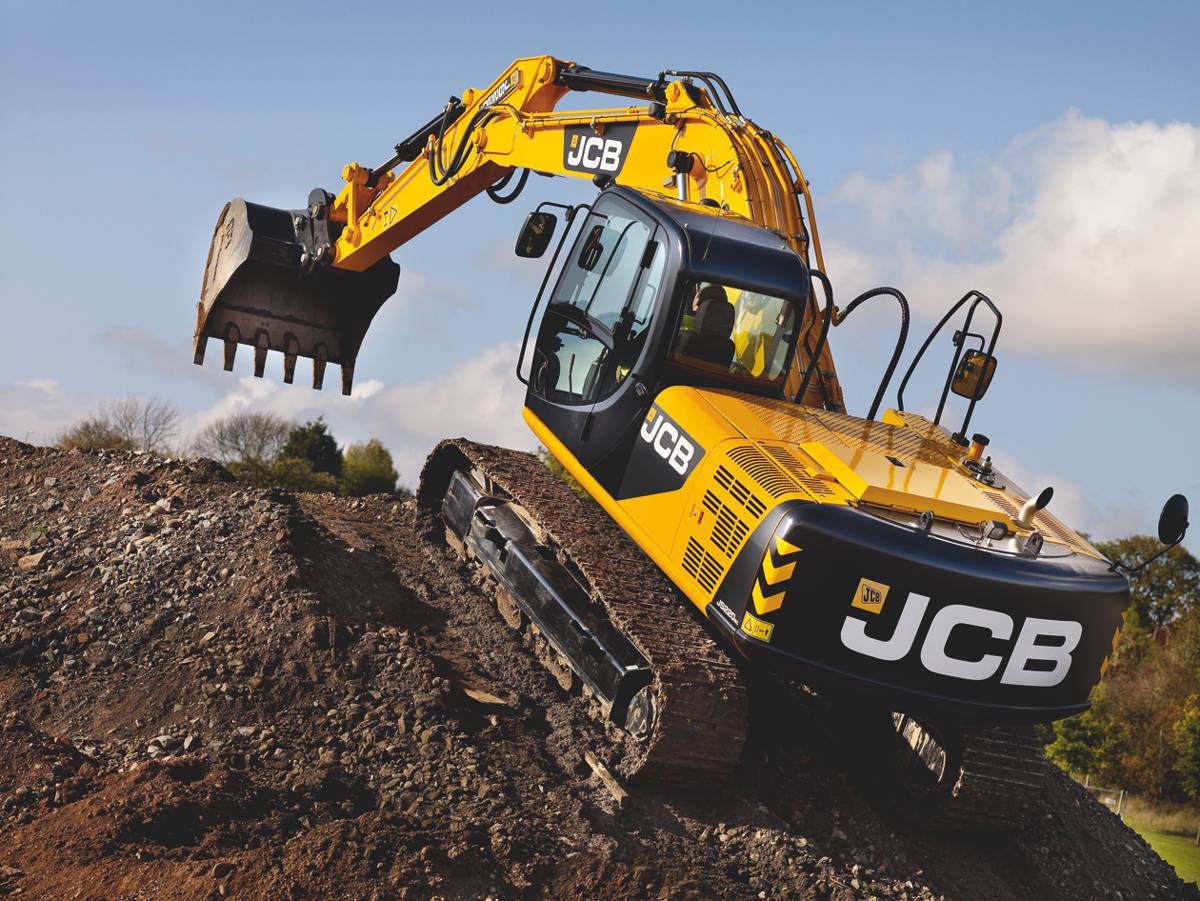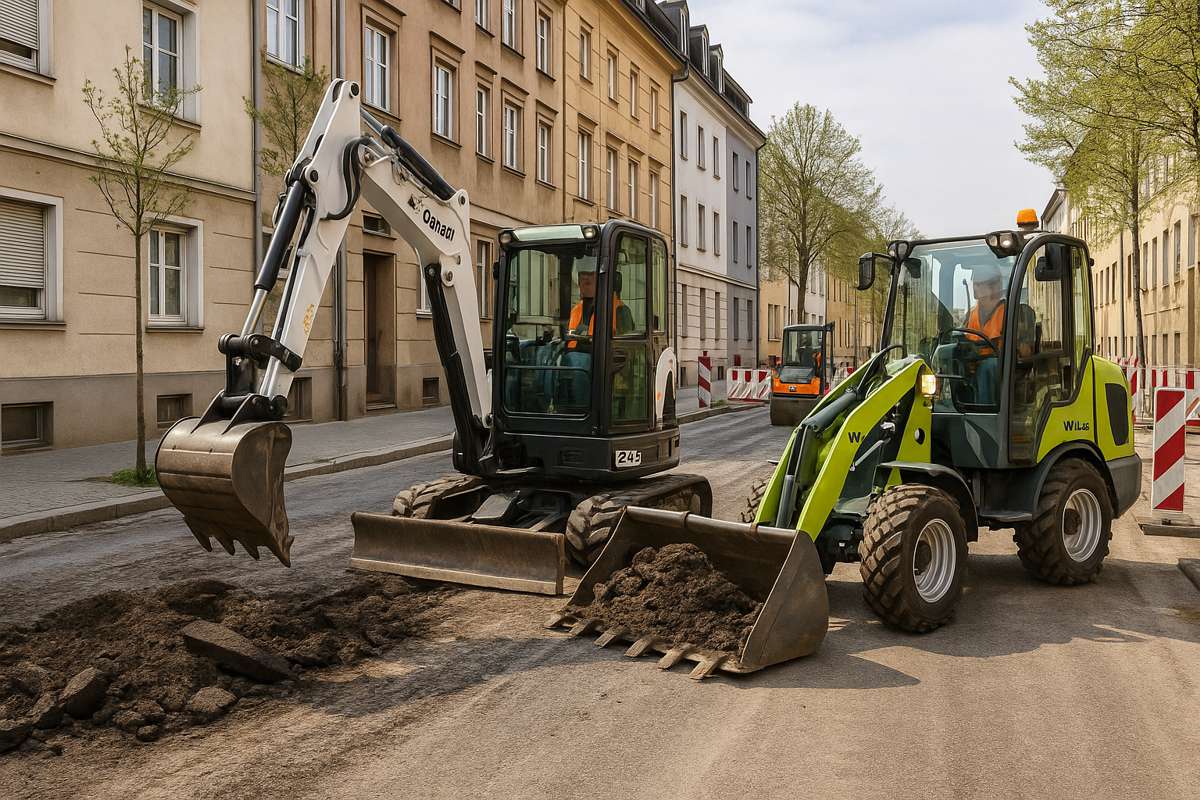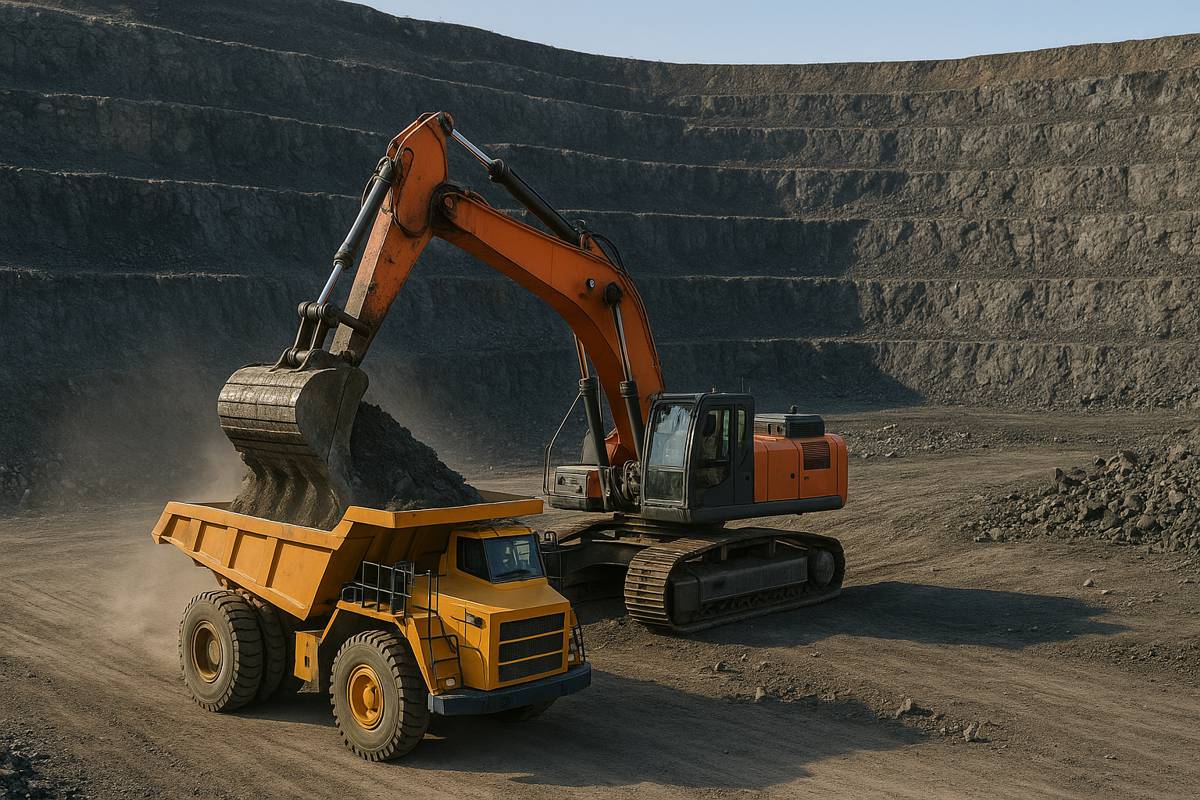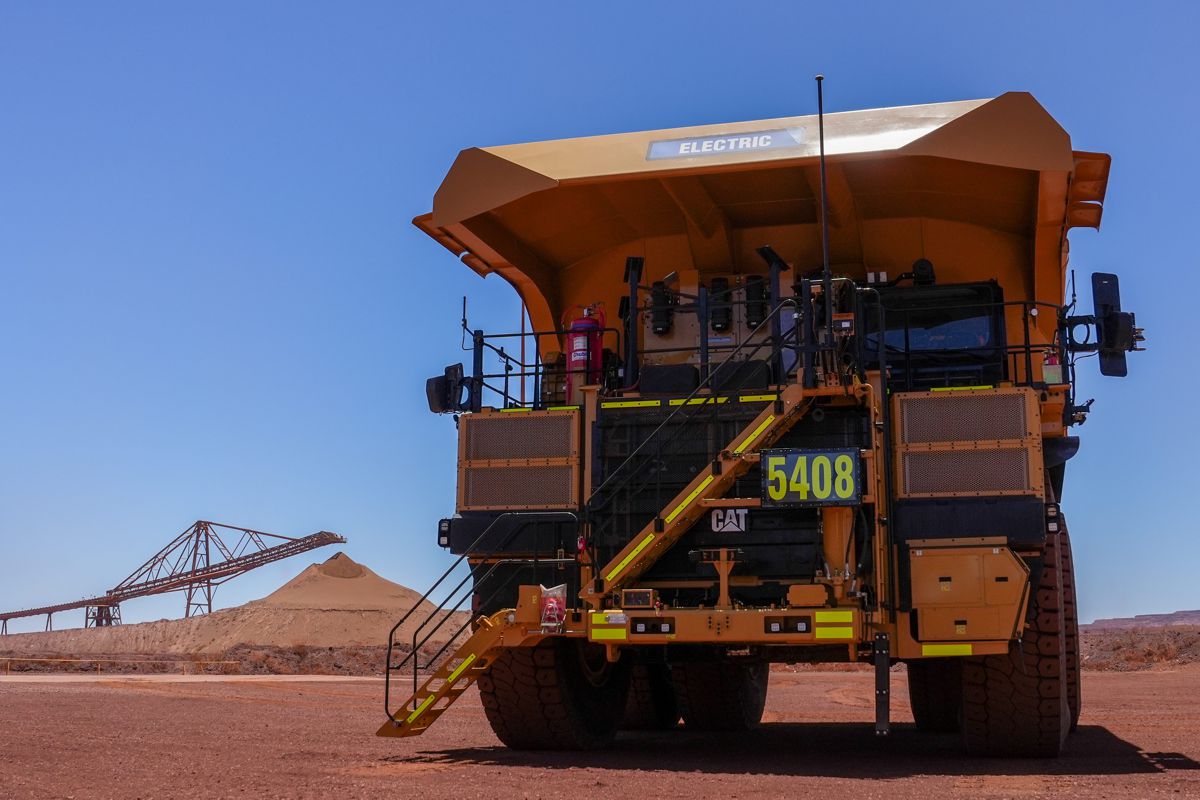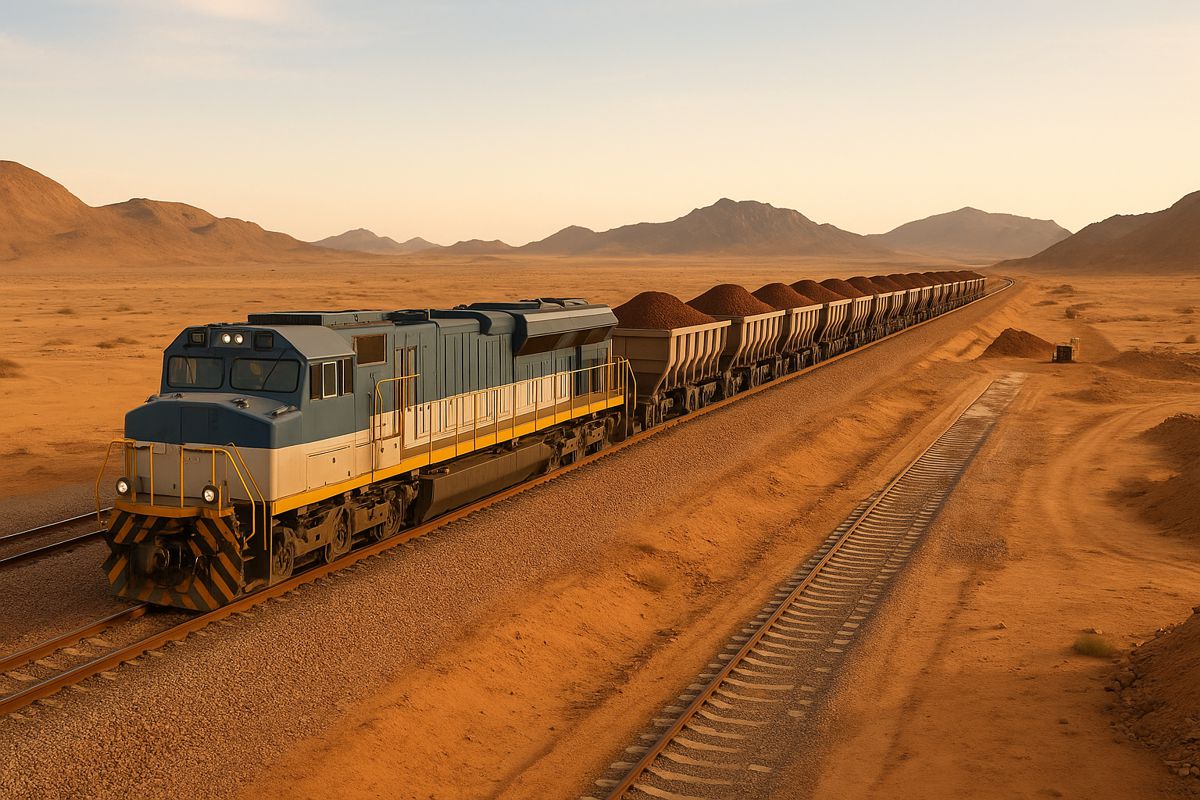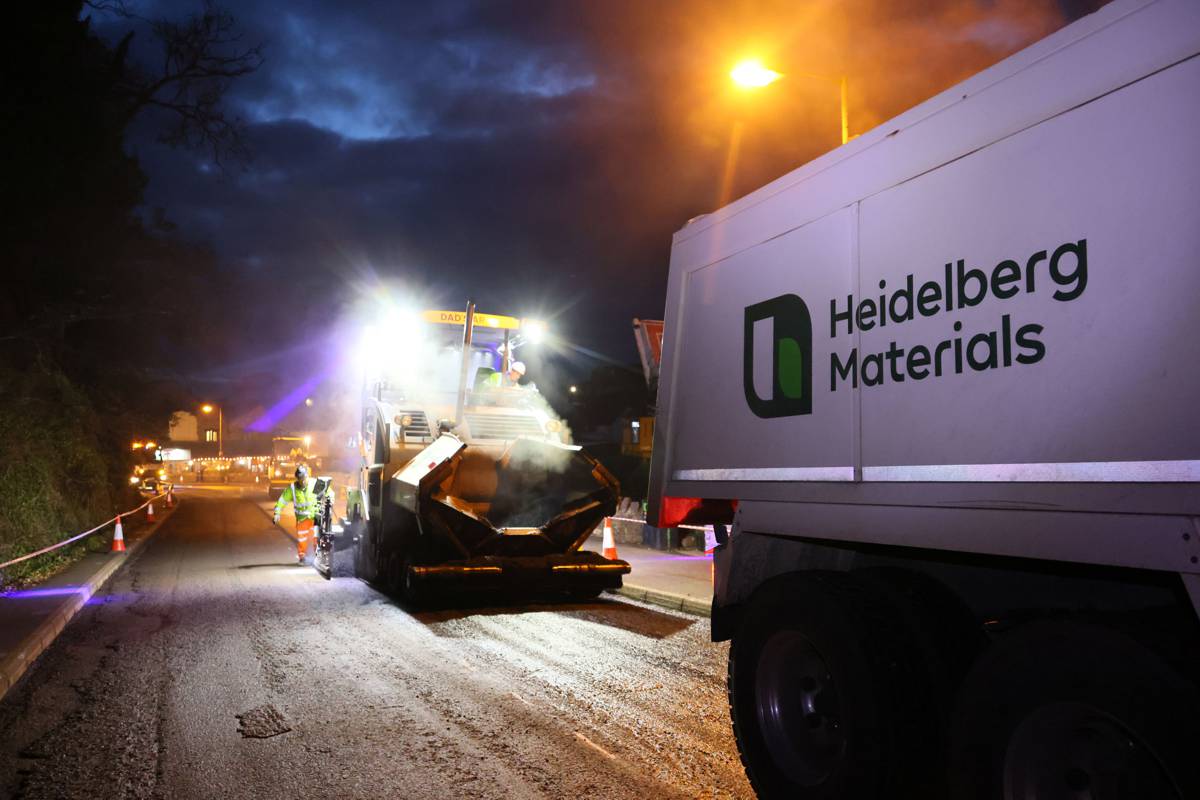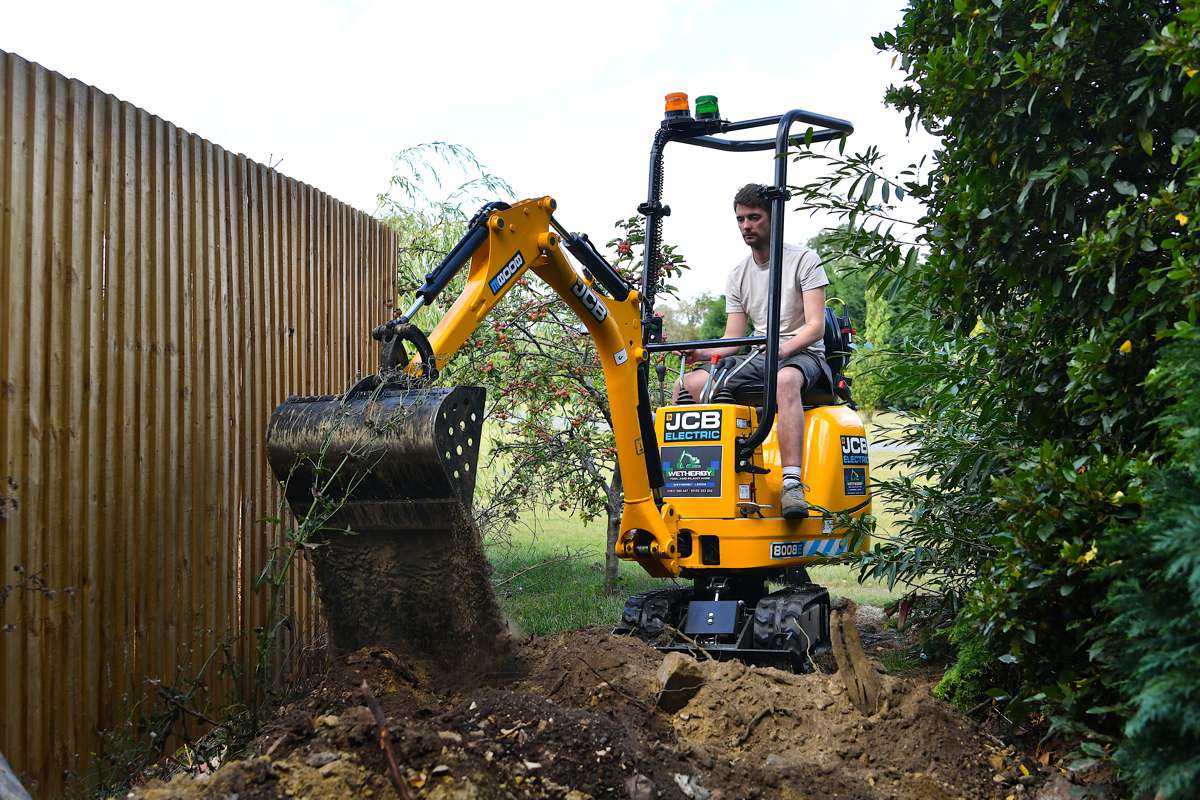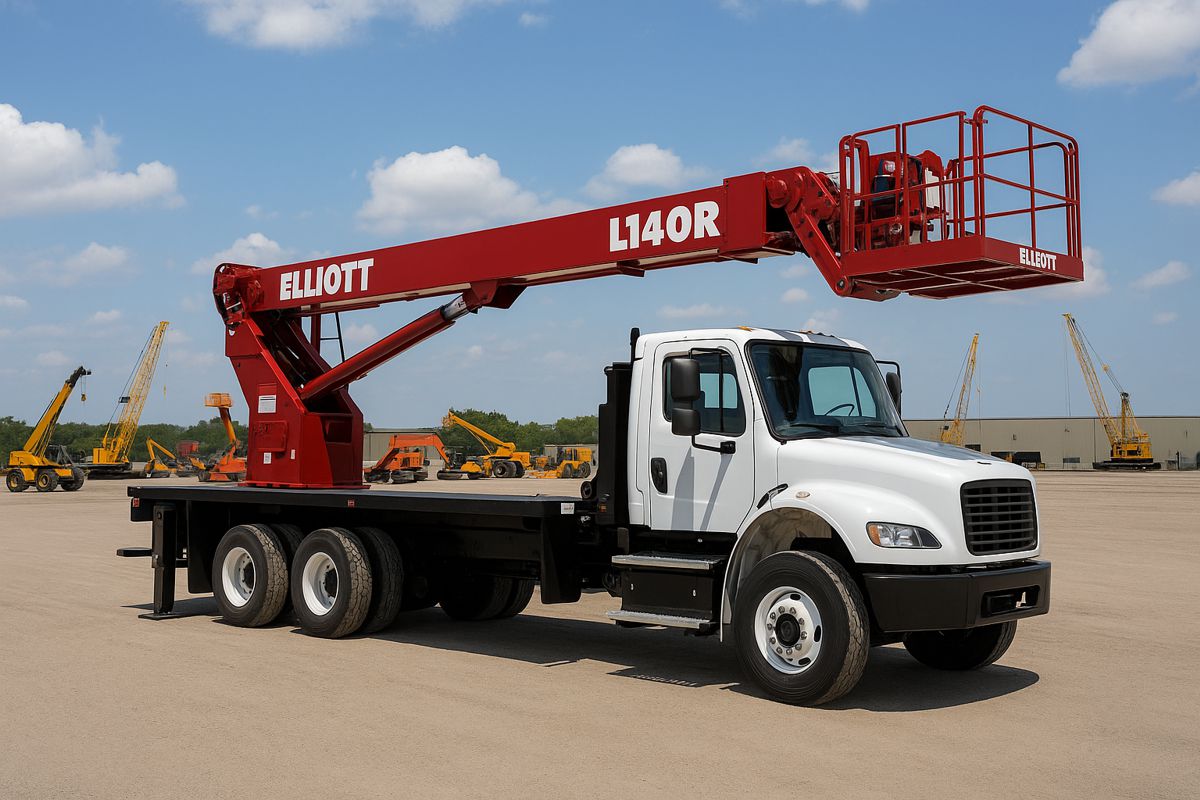80 Years of JCB Innovation and Ingenuity
When Joseph Cyril Bamford CBE founded J.C.Bamford Excavators Ltd. (JCB) on 23 October 1945, he could scarcely have imagined that his one-man venture in a small lock-up garage in Uttoxeter, Staffordshire, would grow into one of the world’s most respected engineering powerhouses.
That day was momentous in more ways than one, it was also the birth of his son, Anthony Bamford, now Lord Bamford. As the founder once reflected: “Being presented with a son tended to concentrate the mind, and when you were starting at the bottom, there was only one way to go, and that was up.”
The very first product, a tipping trailer fashioned from wartime scrap, symbolised the resilience and resourcefulness that would define JCB’s journey. Sold for £45, the trailer represented both ingenuity and enterprise. The buyer’s old cart was taken in part exchange, refurbished, and sold again for the same price, proof that even in the earliest days, efficiency and smart business sense were in JCB’s DNA.
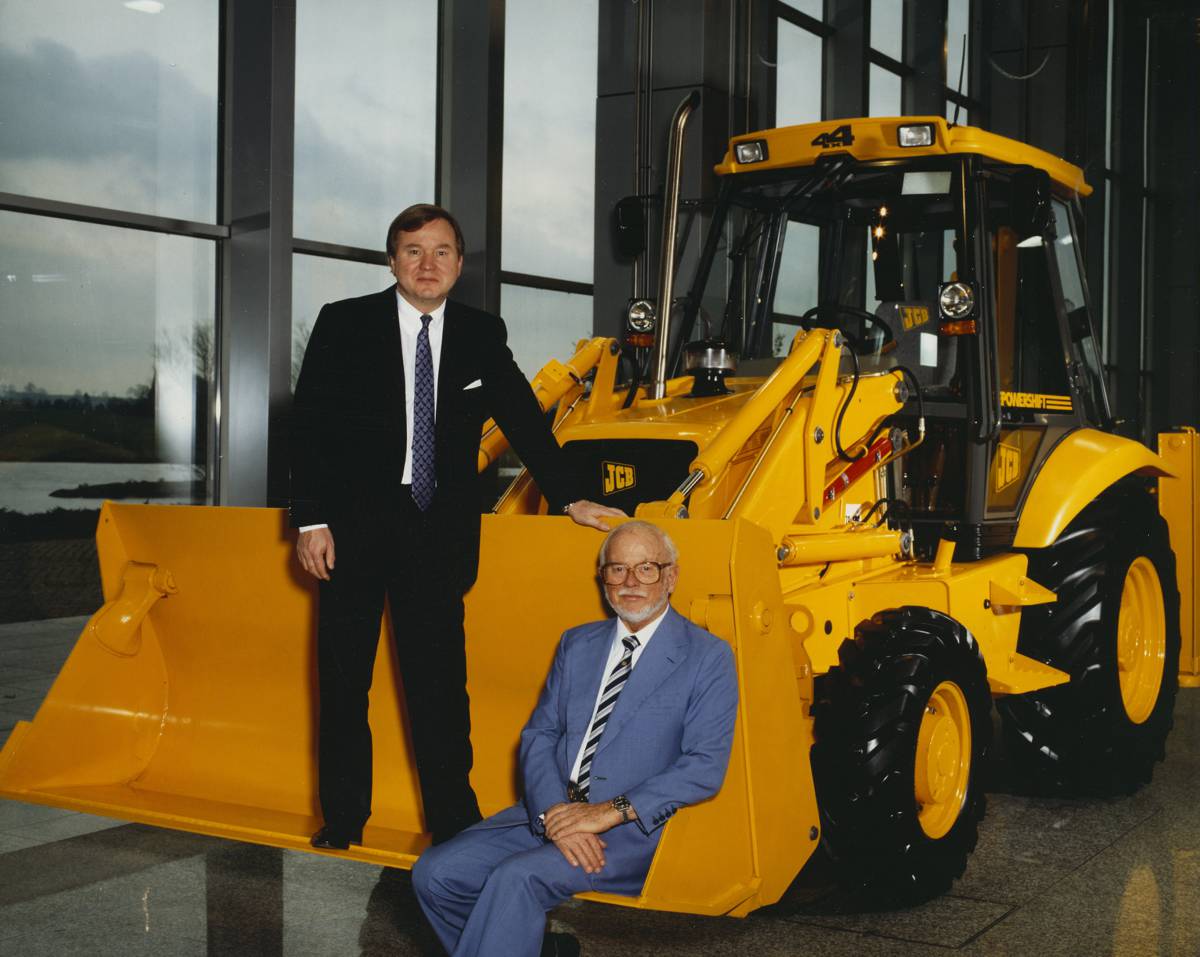
From Humble Beginnings to Global Recognition
By 1947, expansion was well underway. When Mr Bamford’s landlady objected to his Sunday work, he moved operations to a stable block at Crakemarsh Hall, and by 1950, to Rocester, the very site that still serves as JCB’s global headquarters.
A turning point came in 1953 when Bamford unveiled the JCB Mk1 excavator, the world’s first backhoe loader to combine a hydraulic rear excavator with a front-mounted shovel. This brilliant innovation set new standards for productivity and became the backbone of modern construction machinery. Over a million backhoes have since been built, produced across three continents.
That same year also marked the debut of the now-iconic JCB logo, which would later become one of the most recognisable emblems in the machinery world.
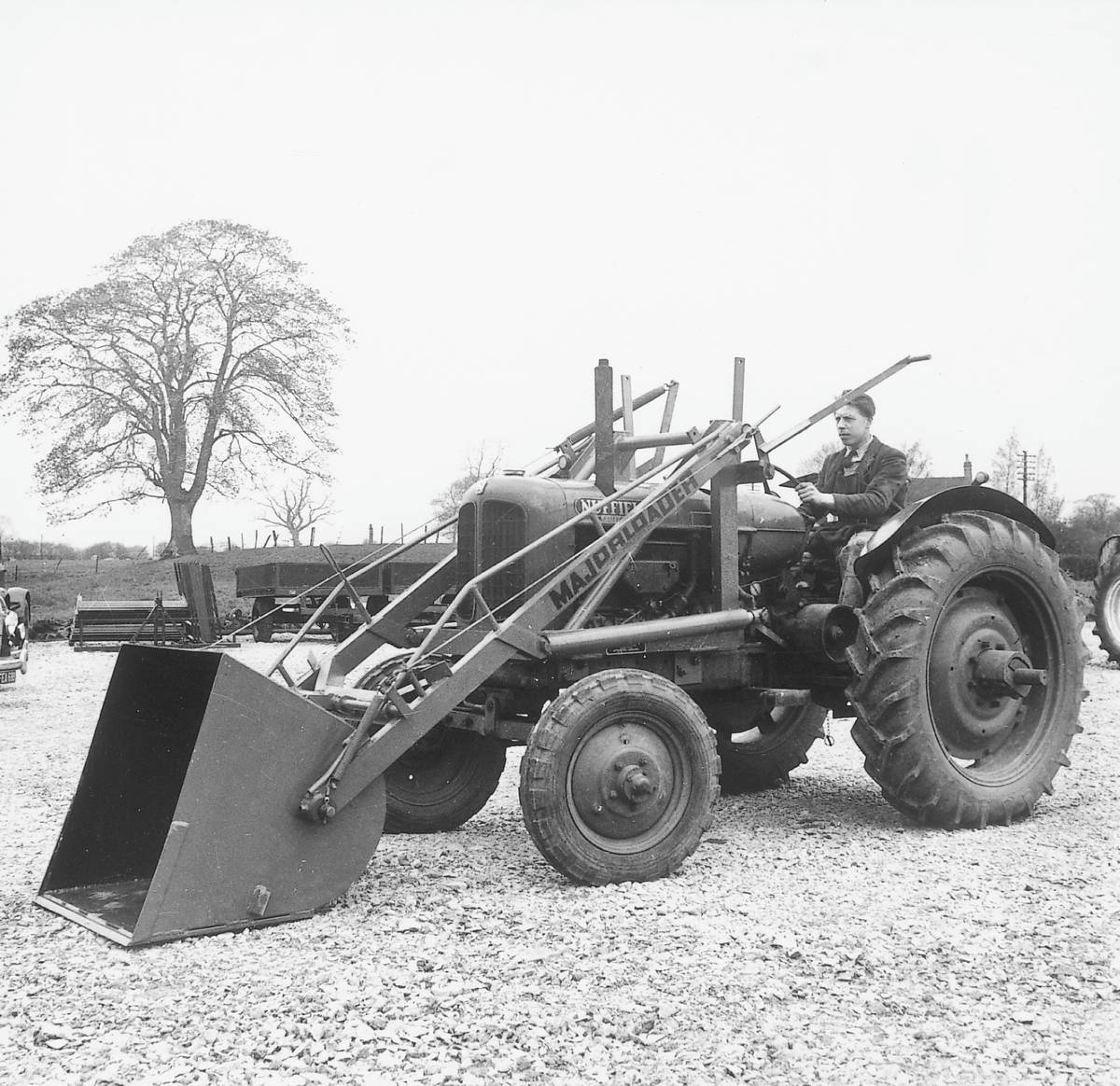
Taking to the Skies and Dancing Diggers
As Britain embraced modernisation in the 1960s, JCB was no exception. In 1961, the company established JCB Aviation, purchasing a de Havilland Dove aircraft to make factory visits faster and more efficient for international clients. The following year, the famous “Dancing Diggers” made their debut, a clever marketing spectacle showcasing the dexterity and precision of JCB machines.
The 1960s also marked JCB’s first overseas expansion, opening a subsidiary in Holland in 1962 and launching the JCB 3C backhoe a year later, a design classic. By 1964, the company’s workforce reaped the rewards of their hard work with a £250,000 bonus, with some employees even able to buy their first homes. Mr Bamford told them: “I am giving you this money because I want you to share in the success of the company you have helped make.”
That same year, JCB made its first sale to the United States, a major step in the company’s globalisation strategy.
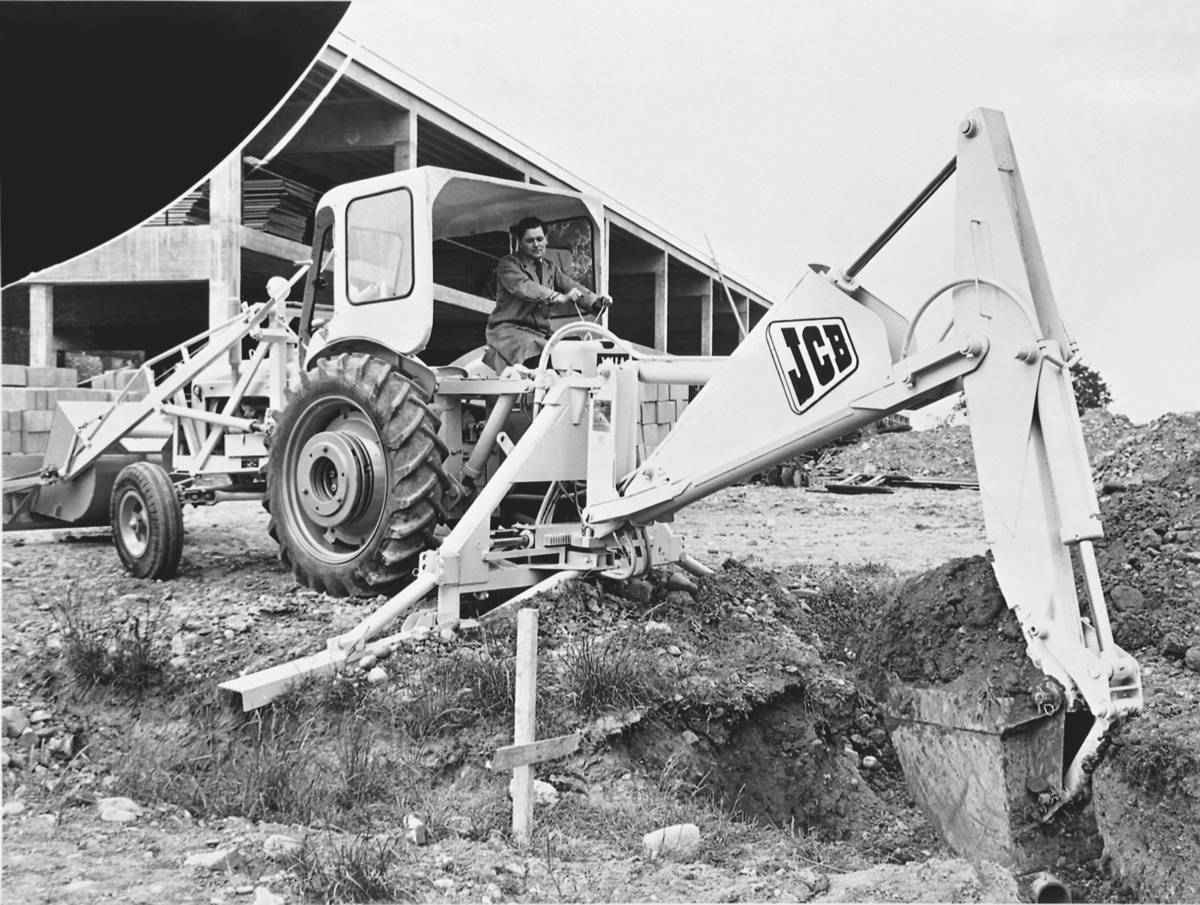
From Rocester to the World
JCB’s export success was recognised in 1969 with its first Queen’s Award for Export Achievement, the first of 27 to date. By 1970, the company had established a base in Baltimore, USA, and was primed for exponential growth.
In 1975, Joseph Bamford retired, passing the reins to Anthony Bamford with a heartfelt message to staff: “There cannot be any limit to the successes.” Under the new leadership, JCB continued to flourish.
The Loadall telescopic handler, launched in 1977, transformed materials handling on both farms and construction sites. That year also saw the first royal visit to Rocester by HRH The Prince of Wales, a tradition that would continue across generations.
In 1979, JCB took a decisive step by establishing manufacturing operations in India. Today, India is JCB’s largest market outside the UK, boasting multiple factories and having produced over 500,000 machines by 2023.
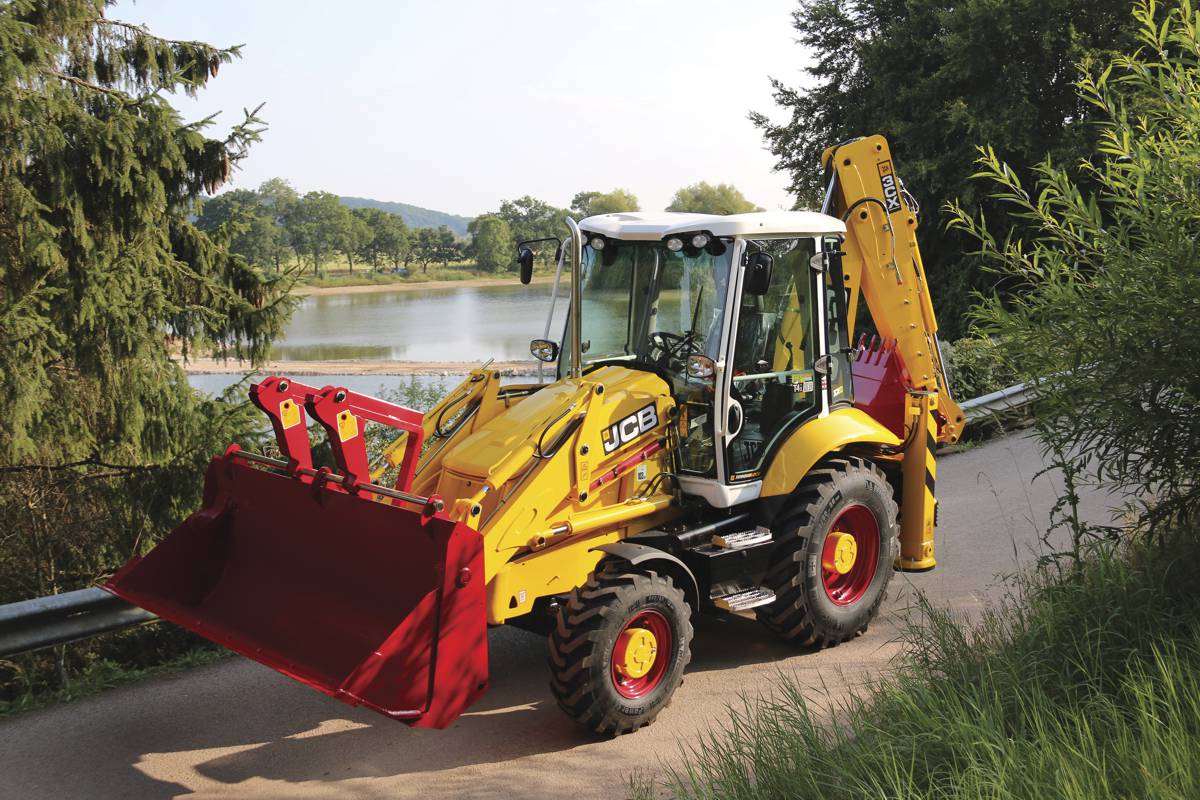
Engineering Excellence and Humanitarian Vision
The 1980s were defined by innovation and compassion. The 3CX Sitemaster backhoe, launched in 1985, became JCB’s best-selling model. The same decade saw the company deepen its social responsibility, supporting the NSPCC children’s charity under the guidance of Lady Bamford.
In 1987, Prime Minister Margaret Thatcher visited Rocester, famously driving a machine off the production line to cheers from employees. The following year, the JCB GT, a backhoe capable of reaching 100mph, became an instant promotional sensation.
By 1990, JCB was pioneering once more with the world’s first high-speed, full-suspension tractor, the JCB Fastrac. The £12 million project reshaped agricultural engineering. That same year, Anthony Bamford was knighted by HM The Queen, becoming Sir Anthony Bamford, an honour he described as “recognising the efforts of the whole JCB team.”
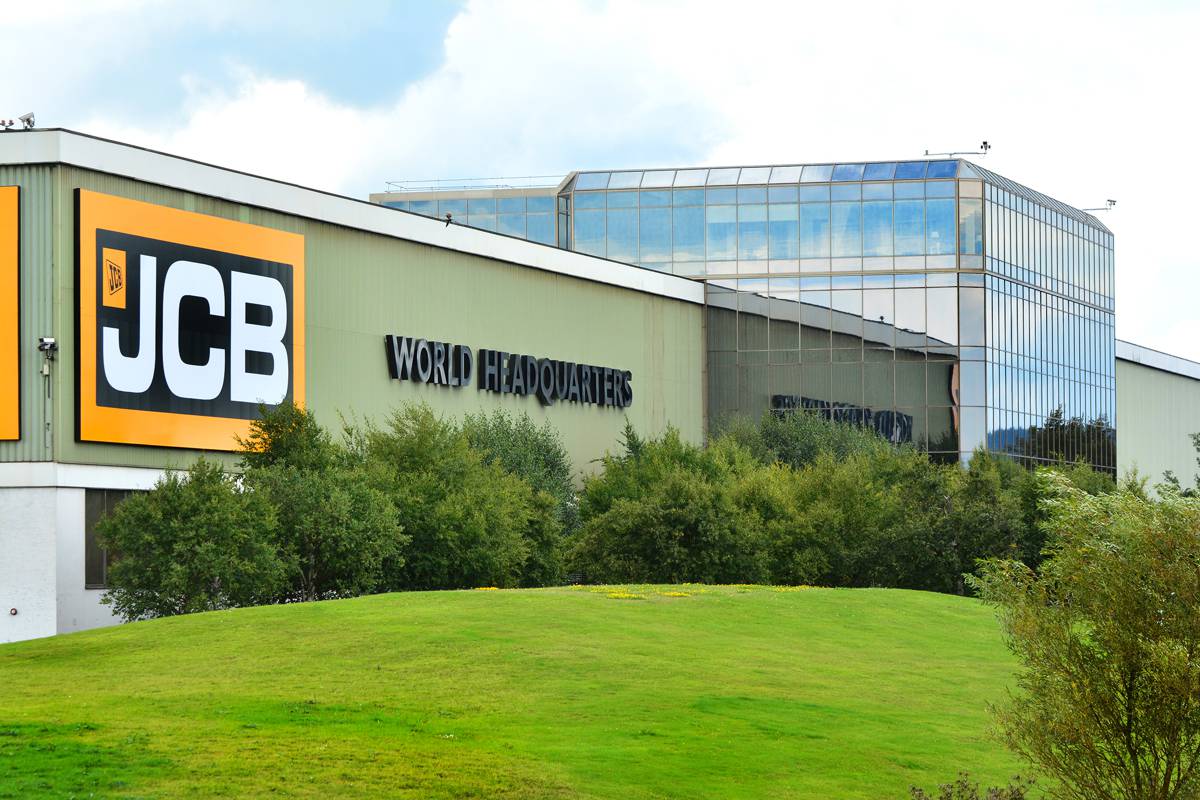
Golden Years and Royal Recognition
The 1990s and early 2000s brought continued expansion. The JCB Academy was established in 2010 to address the UK’s engineering skills shortage, providing a pipeline of future innovators. Over 3,500 students have since graduated from the academy.
JCB’s global reach extended further with new facilities in China (2005), Brazil (2012), and North America (2000). The company’s bold foray into engine manufacturing in 2004 led to the Dieselmax engine and the record-breaking Dieselmax streamliner, which reached 350.092 mph on the Bonneville Salt Flats, a world record that still stands.
JCB’s commitment to community remained unwavering. The Lady Bamford Charitable Trust in India and the Lady Bamford Centre in Savannah, Georgia, demonstrated the company’s global social conscience.
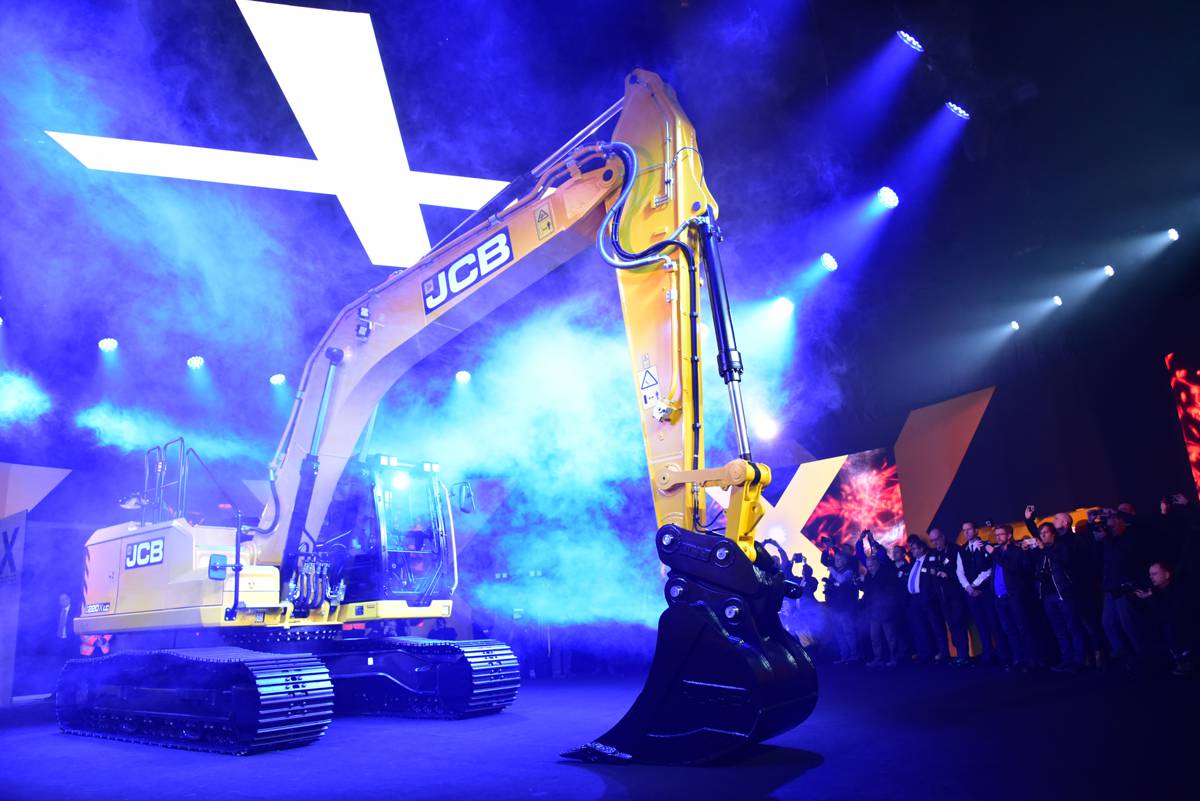
Breaking Barriers and Setting Records
From 2007 to 2019, JCB rolled out a succession of engineering milestones, from the 200,000th Loadall telescopic handler to the world’s first electric mini excavator. The company’s innovation in sustainability was matched only by its flair for spectacle, as shown when the Fastrac tractor shattered speed records twice in 2019, with top speeds surpassing 153 mph.
That same year, JCB celebrated opening a new £50 million German HQ, reflecting strong European growth despite global market headwinds.
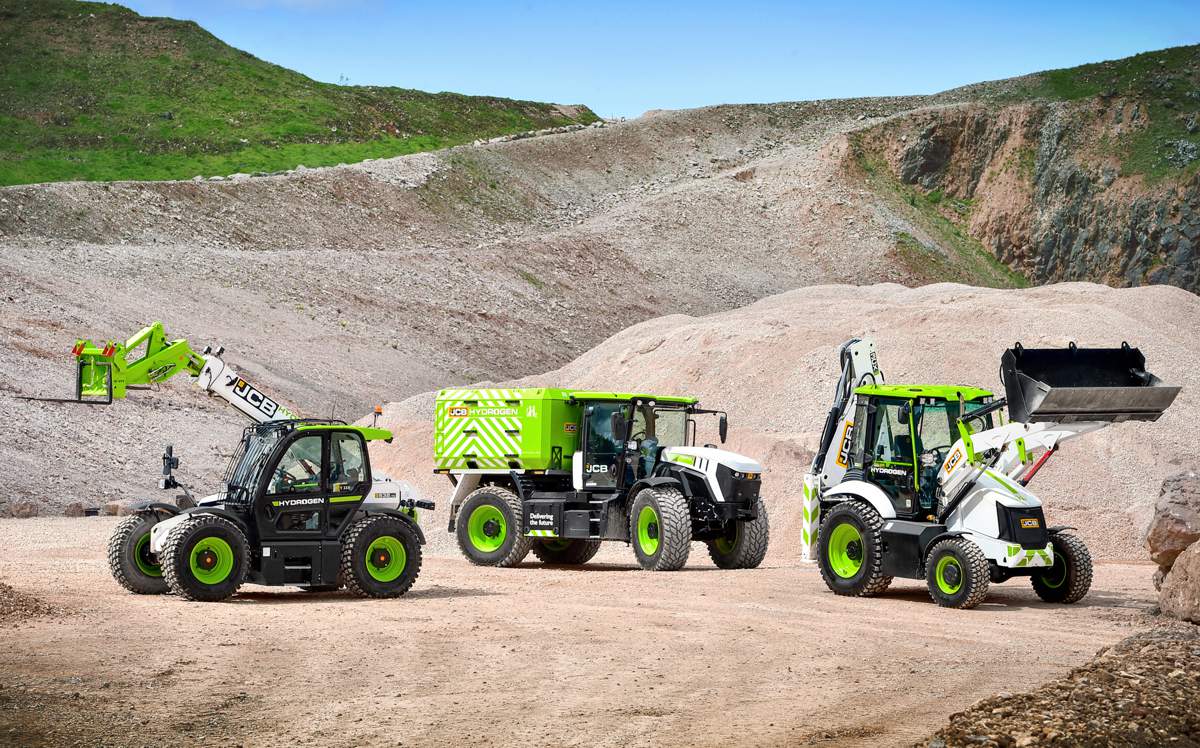
Resilience in the Face of Adversity
When the COVID-19 pandemic struck in 2020, JCB’s response was immediate and humane. The company halted production and repurposed its facilities to produce ventilator housings and medical-grade visors. In the UK and India, JCB’s chefs prepared over 200,000 meals for those in need. The company embodied the same compassion that had long defined its culture.
Amid the challenges, JCB achieved another milestone: producing its 750,000th backhoe loader. Innovation never paused, the company began testing the world’s first hydrogen-powered excavator, proving once again that JCB was looking decades ahead.
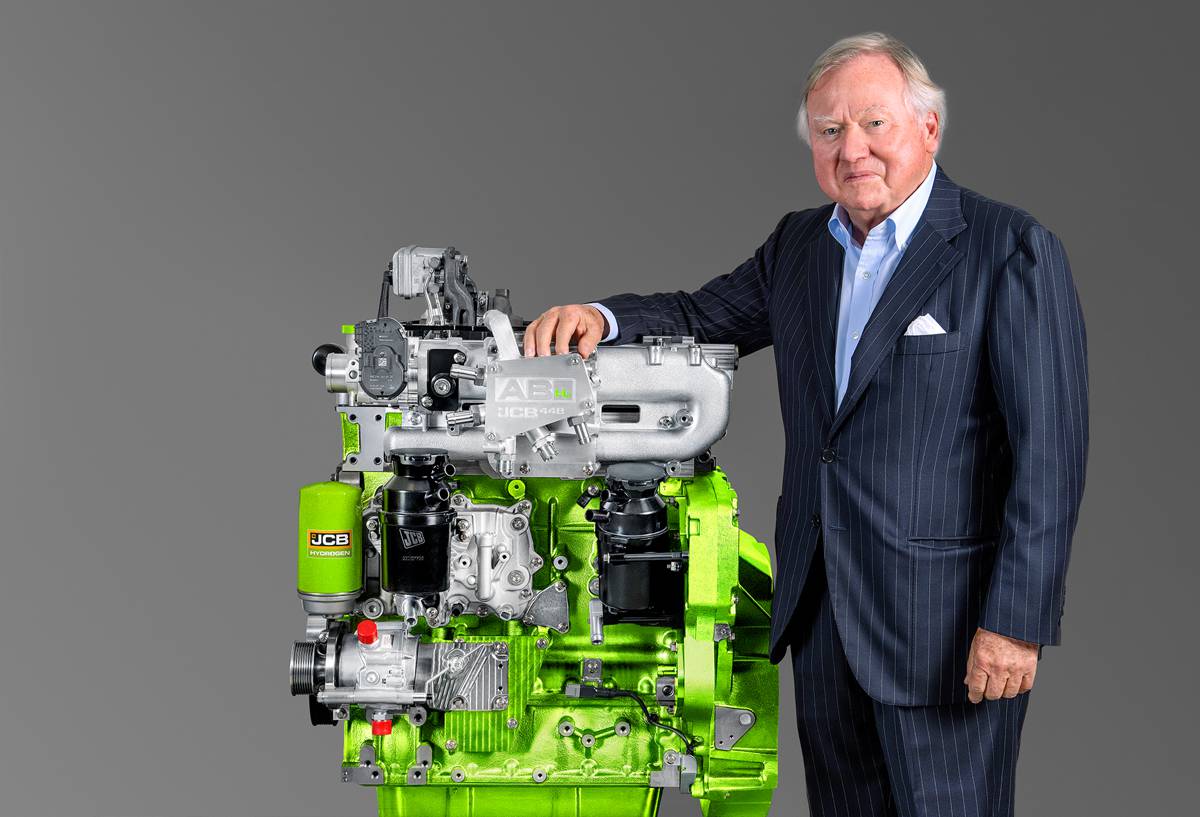
The Hydrogen Revolution
By 2021, Lord Bamford had challenged JCB’s engineers to create a hydrogen combustion engine, a move that could reshape the future of construction machinery. With £100 million invested and 150 engineers dedicated to the task, the project culminated in a new generation of zero-carbon engines.
Lord Bamford shared his vision: “JCB’s customers are patiently waiting for our hydrogen-powered equipment to make a difference on their job sites. They won’t have much longer to wait.”
In 2023, JCB showcased its hydrogen combustion engine at CONEXPO-CON/AGG in Las Vegas, sparking worldwide attention. The innovation earned JCB the first EU type-approval for a hydrogen engine in 2025, a monumental step towards mainstream adoption.
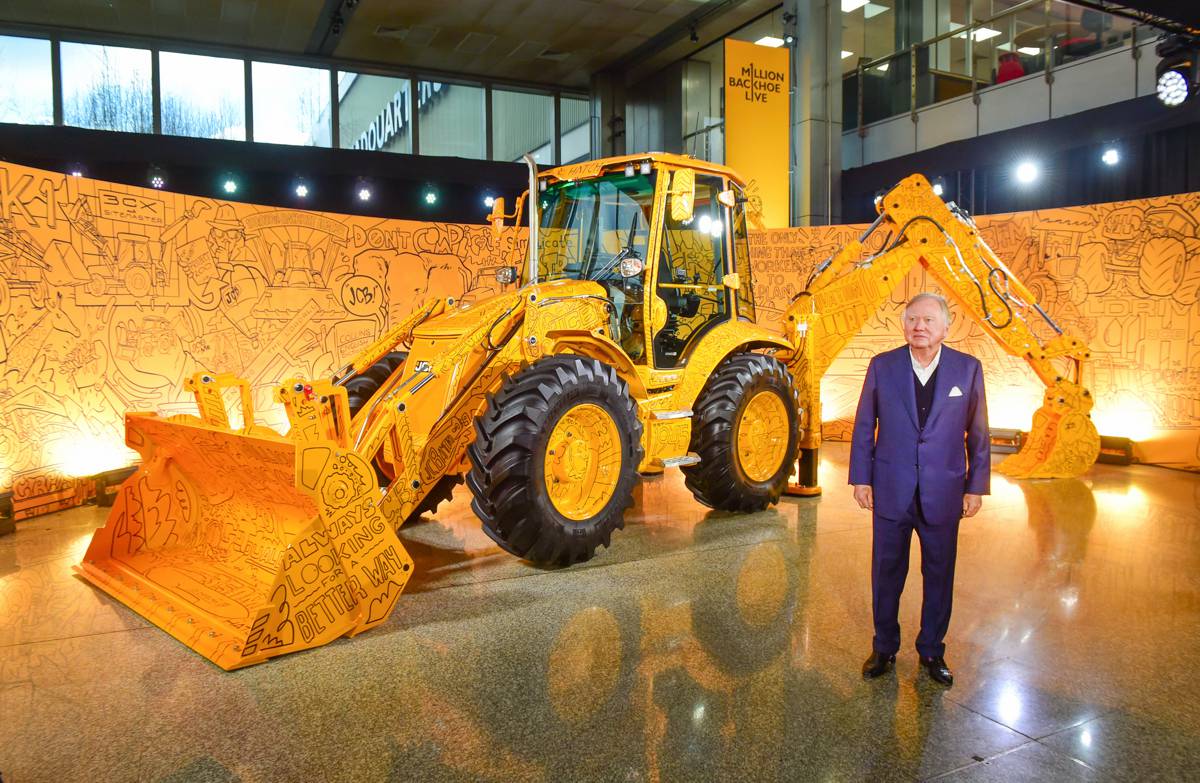
Celebrating a Global Legacy
The celebrations leading up to JCB’s 80th anniversary have been nothing short of spectacular. From new facilities in Texas to the milestone of one million engines and one million backhoes produced, the company continues to set benchmarks in British engineering.
In 2024, the world saw the debut of the JCB DIGatron truck at Monster Jam, a stunning example of mechanical artistry and power. The same year, JCB introduced DualDrive technology for its backhoe loaders, enhancing operator productivity.
Meanwhile, JCB’s Golf & Country Club entered the global spotlight, hosting the LIV Golf by JCB tournament and welcoming some of the sport’s biggest names.
The arrival of HM King Charles III at the Rocester HQ in 2025 marked another proud moment in JCB’s story. His Majesty toured the facility and viewed the ground-breaking hydrogen combustion technology first-hand, a fitting tribute to a company rooted in tradition yet driven by innovation.
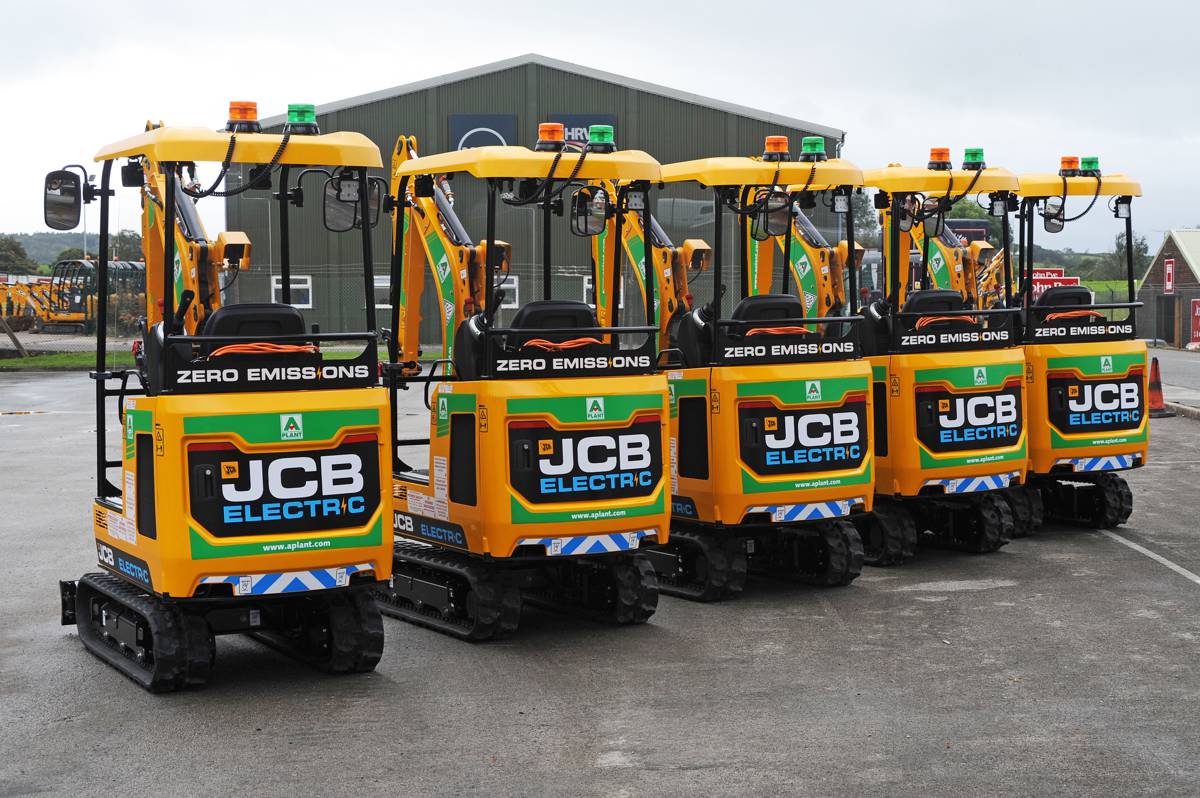
Engineering the Next 80 Years
JCB’s journey from a single garage to a global giant embodies the essence of British ingenuity. What began as a family business is now a symbol of sustainable progress and technological leadership. With a presence in over 150 countries, the company continues to push boundaries in clean energy, automation, and machine intelligence.
As JCB Transmissions approaches its 3,000,000th component and the company celebrates Lord Bamford’s 80th birthday, the story comes full circle, from one man’s vision in 1945 to a legacy that continues to inspire generations.
